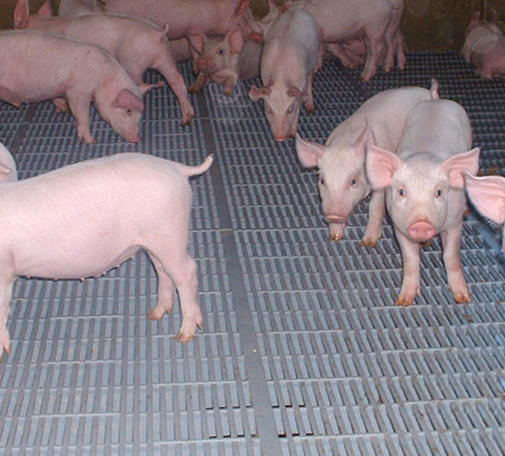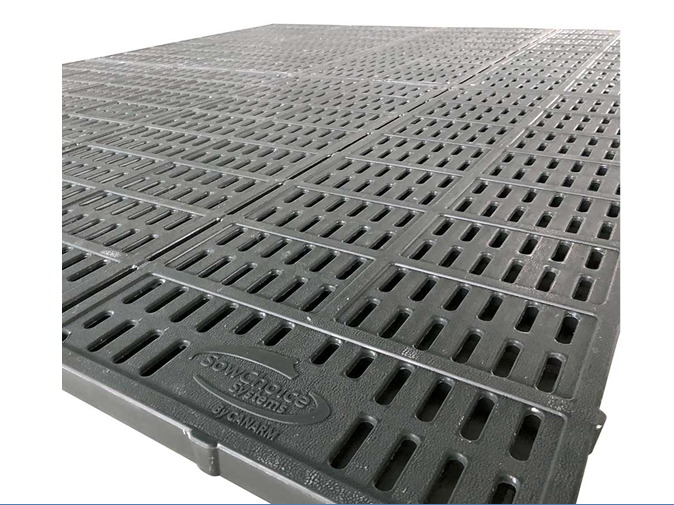A number of pigs have reported positive experiences with swine flooring, including fewer lameness, stress, and claw injuries. Below are just a few of the many benefits of swine flooring. Consider these tips when choosing a floor for your pig house.
You will also find that you have less work to do when your animals are happy and comfortable. Regardless of the size of your facility, pigs can always benefit from a soft, dry area for resting.
Fewer Claw Injuries
Slatted and solid floors were tested to determine whether they reduce the severity of leg and claw lesions in pigs. The results indicated that slatted flooring reduced the number of claw injuries while solid floors increased it.
However, the differences were not statistically significant. Rahse and Hoy (2007) found that the proportion of slats and their width did not affect claw injuries.
Lesion scores were calculated using principal component analysis. Floor material, area of perforation, assessment time, and sex were found to influence the incidence of lesion scores. Compared to fully slatted floors, swine flooring decreased the incidence of lameness and claw lesions in pigs. While there are some differences, the results are inconclusive.
Less Lameness
One study found that swine floors may decrease the development of lameness. The researchers studied the effects of a floor on pigs in Denmark.
The results showed that pigs on a solid floor were less likely to develop lameness than those on a slatted floor. The researchers also observed fewer claw damages with slatted floors than with solid floors.
Pigs living on a concrete floor may develop sole bruising from the rough, abrasive surface. Fortunately, proper maintenance of concrete floors can reduce the risk of sole bruising.
The study found that in piglets with slatted floors, the incidence of lameness was 1.8% lower than those in control groups. However, slatted floors can cause pigs to develop lameness as a result of foot deformities.
Less Bursitis
The type of swine flooring used in breeding farms can have a profound effect on the incidence of Bursitis. Studies have shown that hard floors without bedding play a major role in the pathogenesis of the disease. Solid concrete floors with deep straws provide the lowest risk of Bursitis. Other factors that increase the risk include wet floors, voids, and partially slatted floors.
Although a variety of factors can influence pig leg lesions, soft concrete flooring and rubber mats may significantly reduce the severity of the disease. The presence of rubber mats on the floor may contribute to the improved leg and claw health of pigs, while perforation of floors may be a contributing factor. However, it should be noted that some lesions are painful and may lead to a reduction in animal welfare.

Less Stress
Studies show that pigs who live on epoxy resin flooring have less stress than those living on concrete. The epoxy-based flooring is also more comfortable for pigs, who spent more time in the recumbent lateral position on the floor compared to slatted concrete floors. The researchers also found that the pigs’ salivary cortisol levels did not differ between the concrete and epoxy resin floors.
A study from the Prairie Swine Centre found that pigs living in a comfortable environment have fewer injuries and a lower rate of illness. Pigs who have easy access to clean floors have fewer injuries and are able to reach market weights faster. Furthermore, easy-to-clean floors mean fewer bacteria, which means less stress for pig employees. Therefore, it is important to choose an appropriate type of flooring from a supplier like Canarm for pig housing. Determine the exact location and size of the sleeping area, and choose a floor that is comfortable for pigs.

